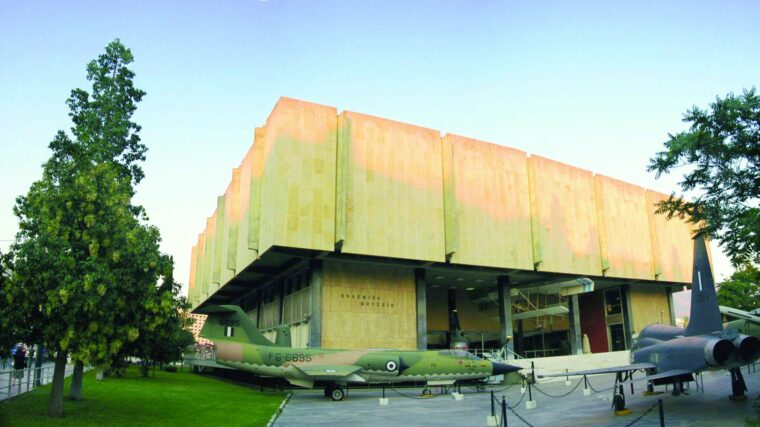
The Athens War Museum
By Peter SuciuWhile not a major military power today, from the time of the classical age through the Middle Ages, Greece was the center of several major military dynasties. Read more

While not a major military power today, from the time of the classical age through the Middle Ages, Greece was the center of several major military dynasties. Read more
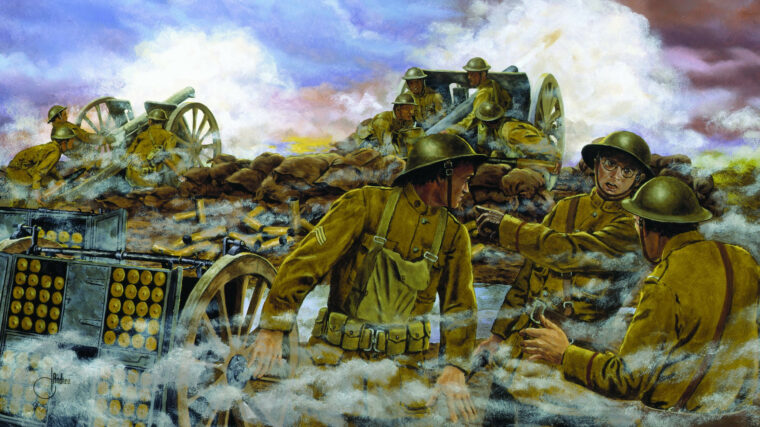
When people mention President Harry S. Truman, they instantly think of him as the president who made the monumental decision to drop atomic bombs on Japan. Read more
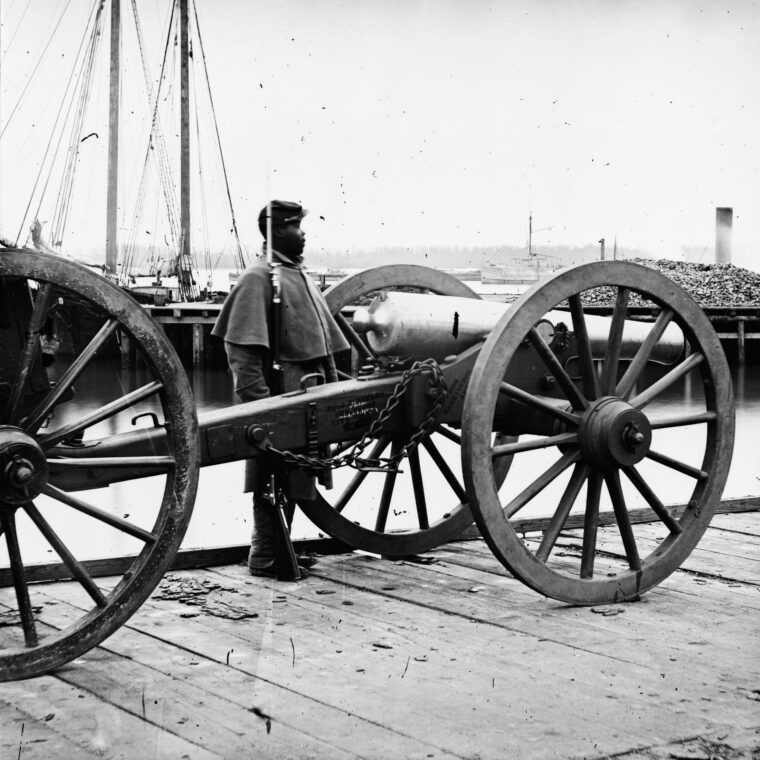
It is an irony of war that the model 1857 gun-howitzer that Union artillerists used to help turn the tide at Gettysburg was the brainchild of Confederate President Jefferson Davis, who championed the development of the new field piece while serving as secretary of war under Franklin Pierce. Read more
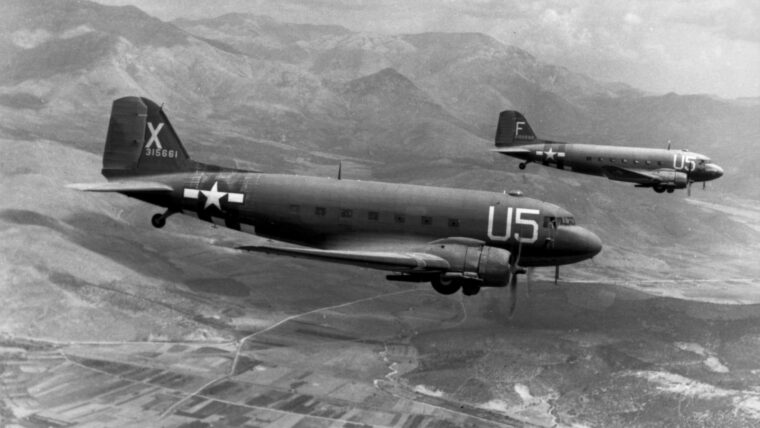
Dear Editor:
I want offer a few words of thanks to Sam McGowan for his story and contribution to WWII History. Read more
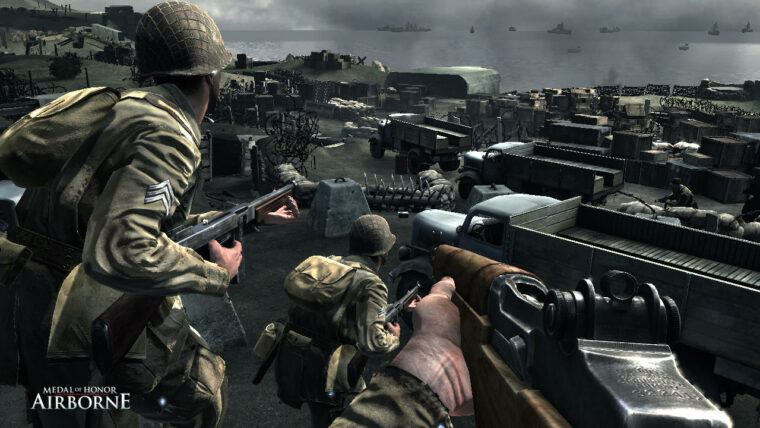
Heavy is the burden on the first horse out of the gate. There’s the pressure of setting the pace; establishing the flow for those approaching from the rear. Read more
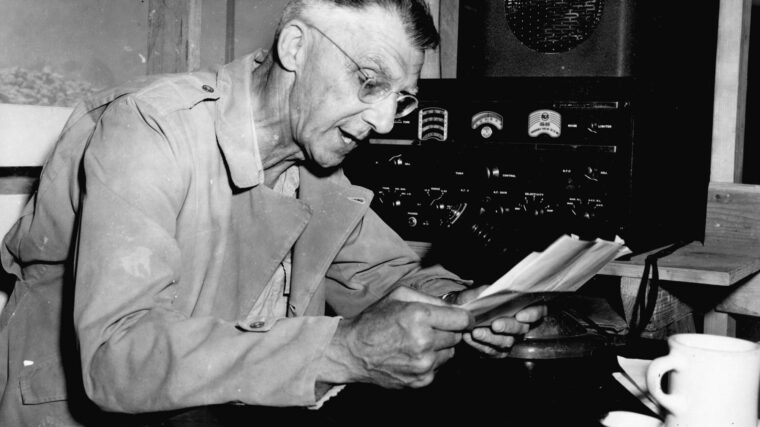
In the fall of 1943, I found myself a “limited service” duty officer assigned to the Operations Division, War Department General Staff in Washington, D.C. Read more
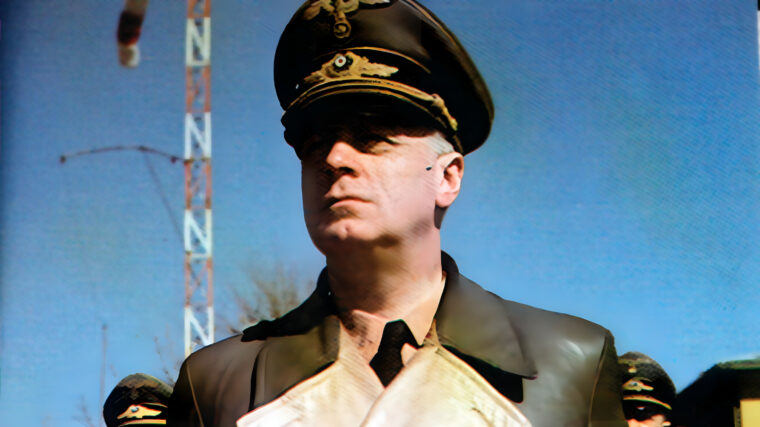
Despite being ridiculed as a vain, pompous, and glory-seeking imbecile in a spate of biographies, diaries, letters, trial transcripts, and memoirs by leaders, field marshals, generals, and diplomats from both the Allies and his own Axis partners during and after the war, Joachim von Ribbentrop nevertheless was one of the premier foreign affairs practitioners of the Nazi epoch. Read more
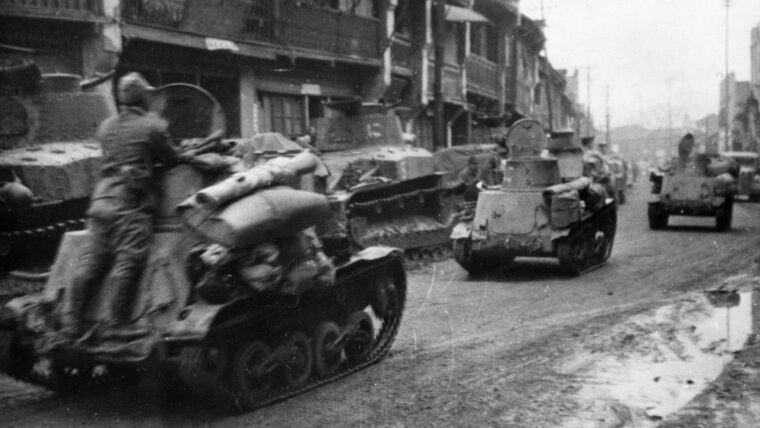
Imperial Japan’s first hesitant steps toward adoption of armored fighting vehicles occurred in 1925 with the creation of two company-strength tank units. Read more
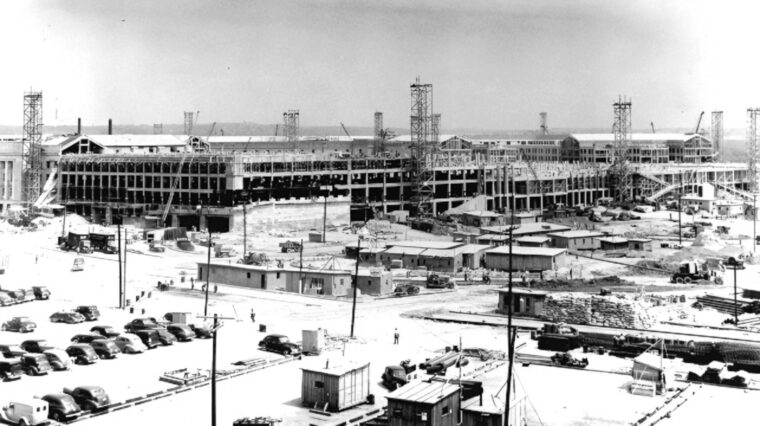
On September 11, 1941, exactly 60 years before a terrorist attack damaged the building and changed forever the American way of life, ground was broken for the Pentagon, a five-sided office building which today houses the U.S. Read more
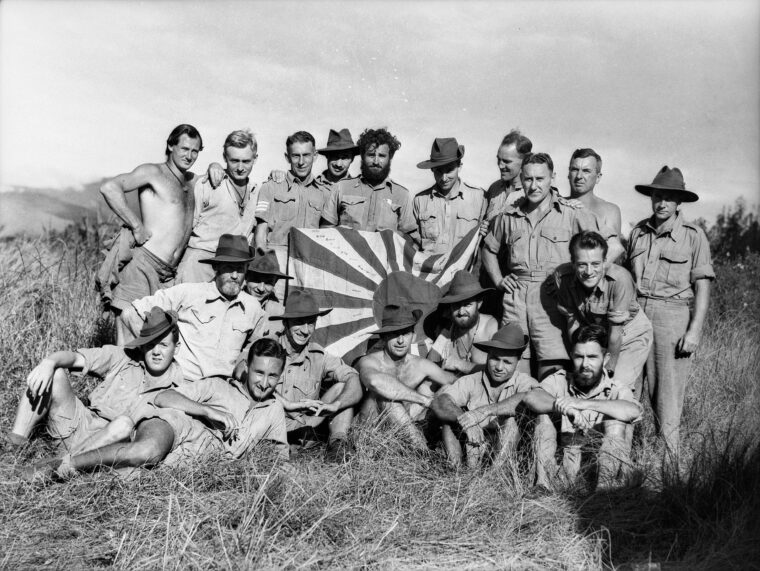
The first Allied victory of World War I occurred when Australian volunteers occupied the German colony of northeastern New Guinea and the adjoining Admiralty Islands. Read more
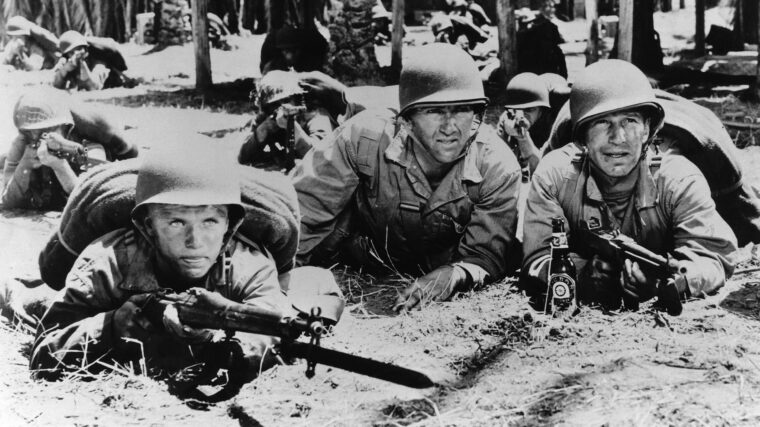
“They’re machine gunning! They’re strafing the hospital! The beasts! The slimy beasts!”
“Pearl Harbor! Most of us didn’t know what it was, let alone where it was.” Read more
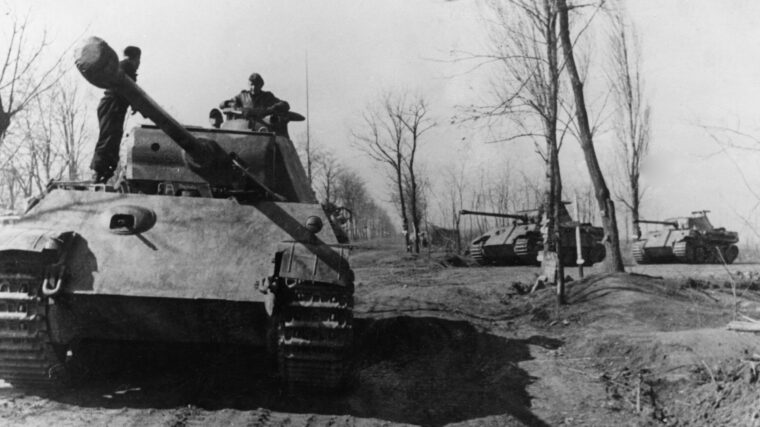
By the end of April 1945, two of the most feared divisions of the Waffen-SS, the 1st SS Panzer Division Leibstandarte Adolf Hitler and the 12th SS Panzer Division Hitlerjugend, had both been reduced in strength to little more than reinforced regiments. Read more
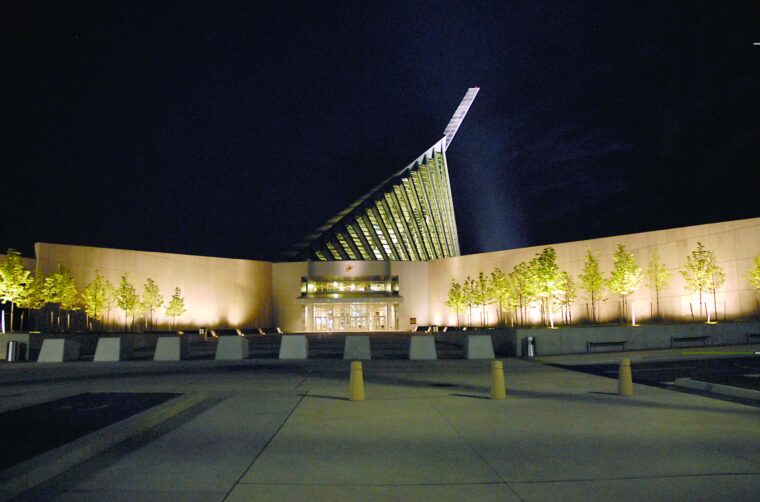
One of the world’s great military museums is also one of the newest: the National Museum of the Marine Corps (known as the “Marine House” by those who staff it), located just outside the Marine Corps base at Quantico, Virginia––about 40 miles south of Washington, D.C. Read more
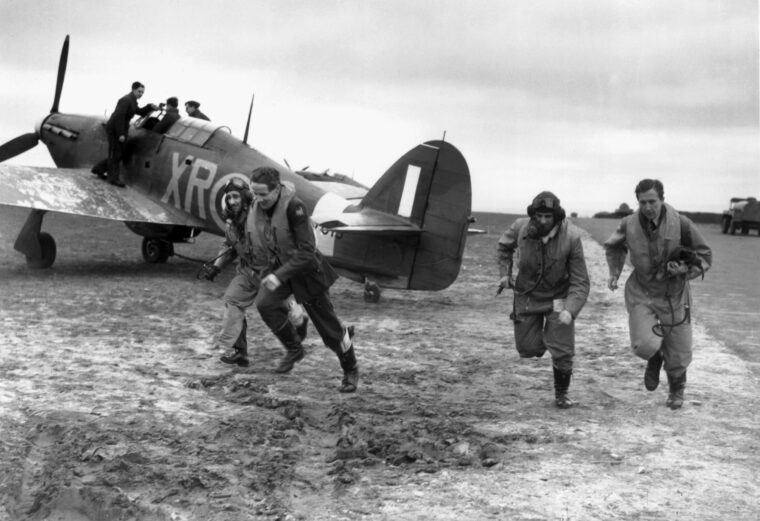
Welcome to this, our fourth issue! We have packed it like a seabag or field pack with features we are sure you will find of interest. Read more
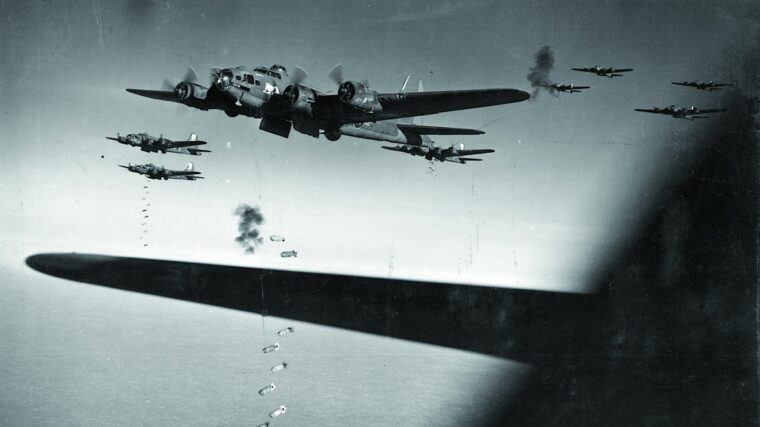
When does war end and slaughter begin?
That is the question that drives this compelling reexamination of the Allied aerial bombing campaign against Germany during World War II. Read more
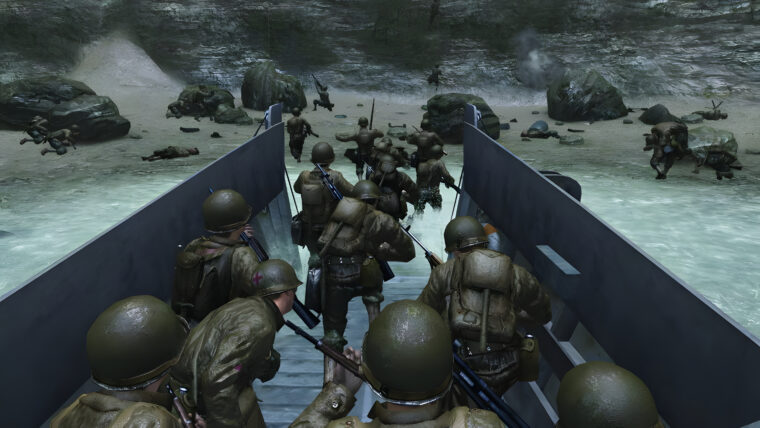
There are plenty of deployment options out there for full-price retail warriors; those who would gladly plunk down on the latest available war experience on the platform of their choosing. Read more
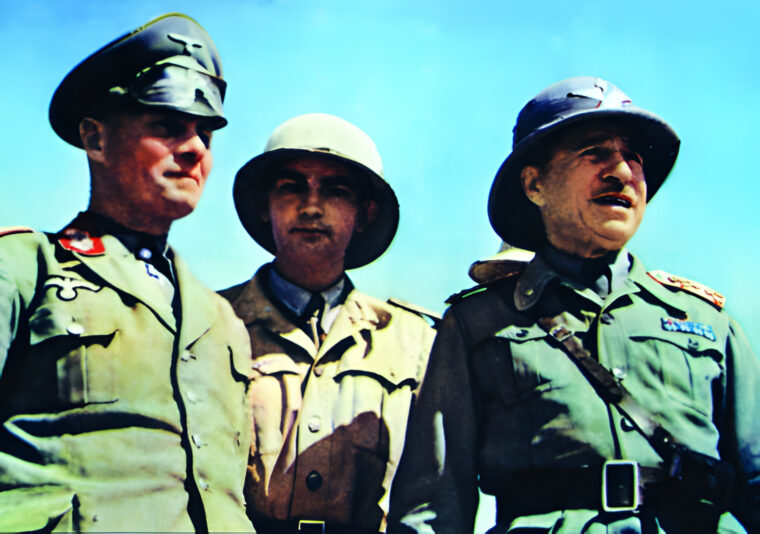
By Al Hemingway
Much has been written about the battlefield exploits of German Field Marshal Erwin Rommel. His exemplary leadership skills, especially during the North Africa campaign, received unending praise from Adolf Hitler. Read more
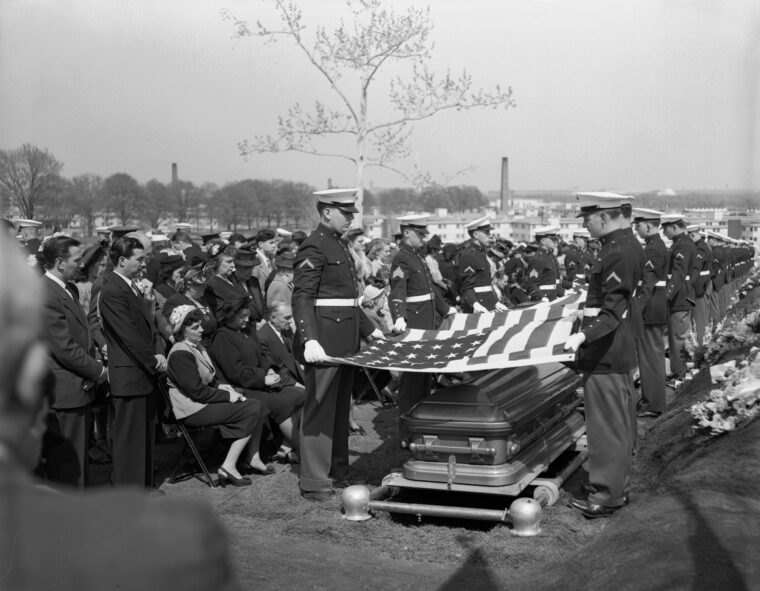
No one looks like a hero. But when certain men are placed in impossible situations, they rise to the occasion and perform spectacular deeds that defy imagination. Read more
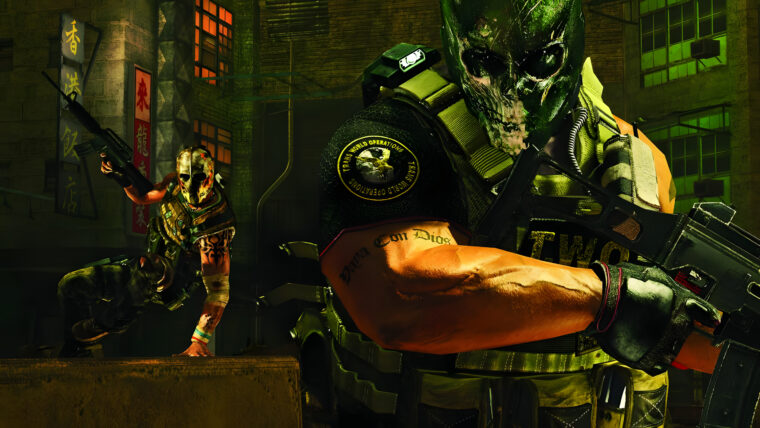
In the not too distant past of 2008, Army of Two introduced us all to a world of private military contractors, putting the player behind the slightly horrific steel masks of Elliot Salem and Tyson Rios. Read more
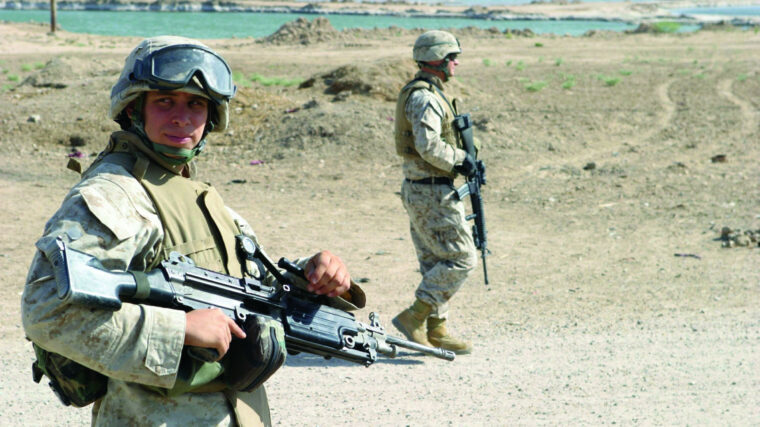
On the morning of March 31, 2004, in the city of Fallujah, Iraq, the unmistakable sound of automatic weapons fire could be heard. Read more